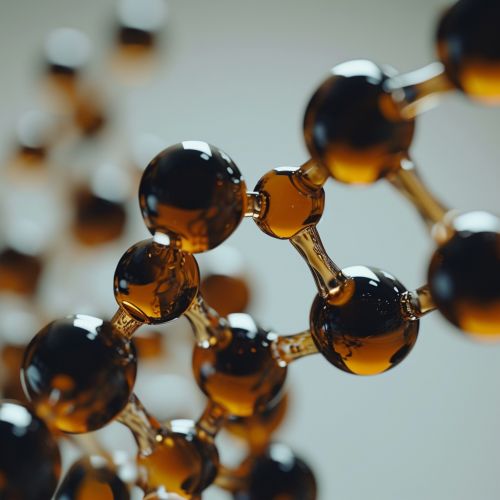Diterpene
Overview
Diterpenes are a class of chemical compounds composed of four isoprene units and have the molecular formula C20H32. They are a subclass of the larger group of compounds known as terpenes. Diterpenes are primarily found in plants, but can also be synthesized in laboratories.


Classification
Diterpenes can be classified based on their structure into acyclic, monocyclic, bicyclic, tricyclic, and tetracyclic diterpenes. Each of these classes has unique characteristics and properties.
Acyclic Diterpenes
Acyclic diterpenes are linear compounds with no rings in their structure. They are less common than cyclic diterpenes, but are still found in a variety of plants.
Monocyclic Diterpenes
Monocyclic diterpenes contain a single ring in their structure. They are commonly found in the resin of coniferous trees.
Bicyclic Diterpenes
Bicyclic diterpenes contain two rings in their structure. They are commonly found in the resin of coniferous trees and in some flowering plants.
Tricyclic Diterpenes
Tricyclic diterpenes contain three rings in their structure. They are commonly found in the resin of coniferous trees and in some flowering plants.
Tetracyclic Diterpenes
Tetracyclic diterpenes contain four rings in their structure. They are commonly found in the resin of coniferous trees and in some flowering plants.
Biological Role and Function
Diterpenes play a crucial role in the biological processes of plants. They are involved in the regulation of plant growth and development, and also play a role in plant defense mechanisms against pests and diseases.
In addition to their role in plants, diterpenes also have a variety of biological effects in animals and humans. They have been found to have anti-inflammatory, anti-cancer, and anti-microbial properties, among others.
Industrial Applications
Diterpenes have a wide range of industrial applications. They are used in the production of resins, perfumes, and pharmaceuticals. They are also used as food additives and in the production of biofuels.
